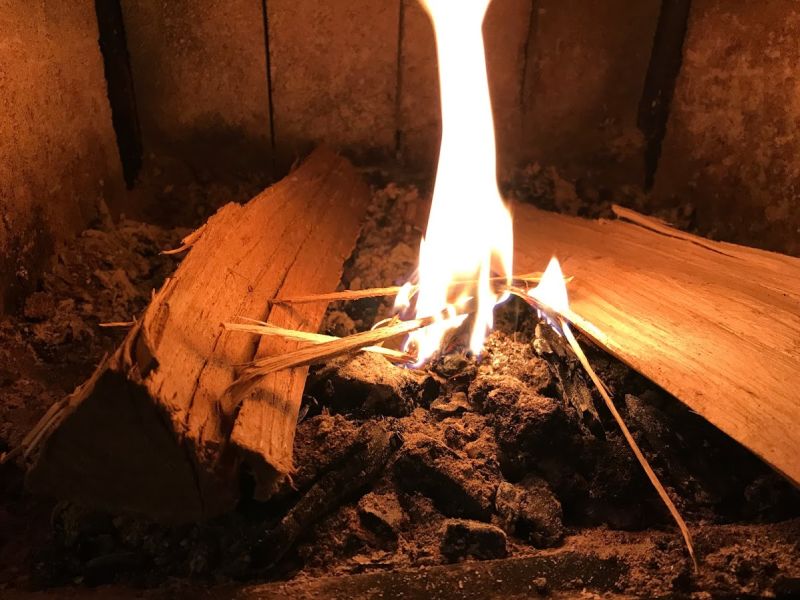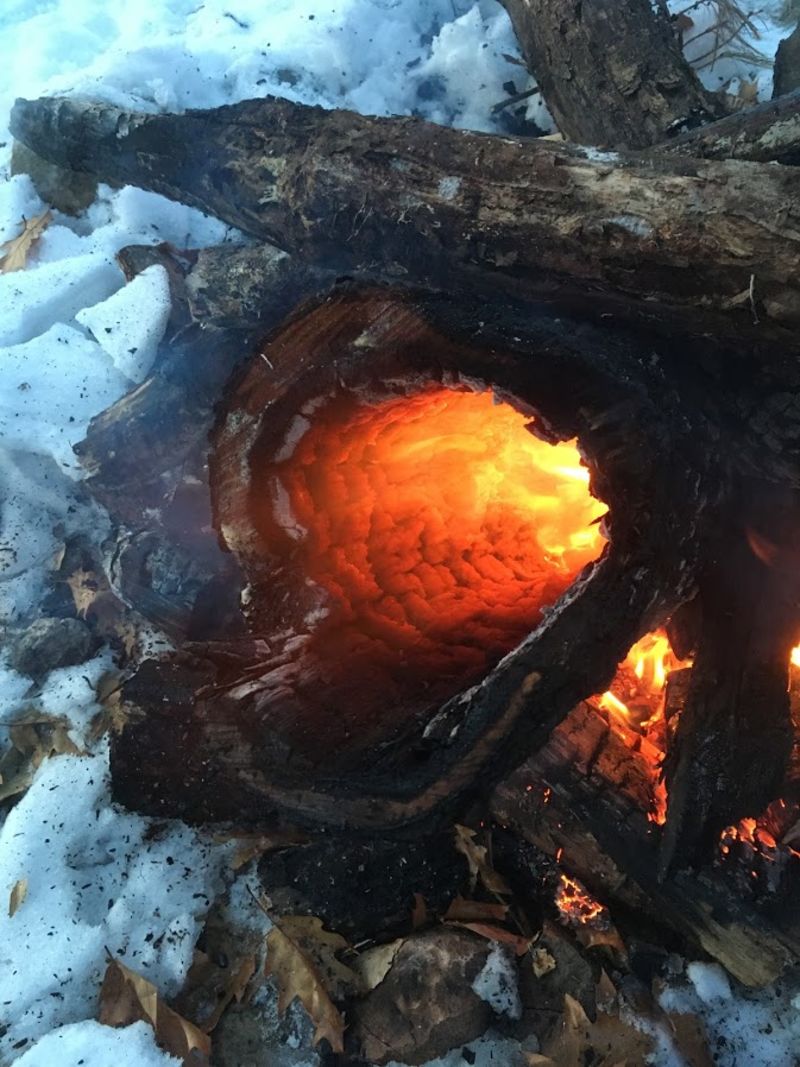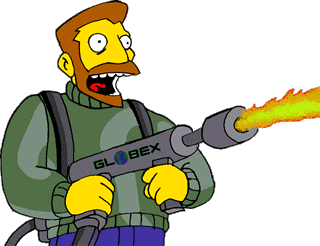
One of my favorite methods of getting a successful fire going on the first try is to start small. Really small. I think of it in my own head as “organic” because you’re not using any external accelerant, no paper, no birch bark, no “fire starter logs” or any of that. You simply light a small stick (maybe a little bigger than a toothpick), then grab another small stick and light that with the first one, until you can put one down and gently pile more small sticks on the resulting flames - sometimes holding them over the flame to light them before dropping them - then getting progressively bigger pieces until you’re up to the smallest log you’ve got in the pile. I often simply peel these little pieces off the logs I’m putting in, so I don’t even have to split up kindling separately.
Doing it in this additive fashion allows you to see what’s working and what’s not, adjusting as you go. Once you get to some bigger stuff and you can see the fire continuing to build heat, you can pile it up carefully and walk away, knowing that the base is good. Using this method, I almost never walk away from the stove and have to come back to re-light it.
What can happen sometimes when using paper or other fast-burning fire-starting materials, is that the flames from those materials can create an illusion of fire - the flames of the paper lap up and around the structure you’ve made and it looks promising. But when the fuel burns out, if it hasn’t been hot enough for long enough, you’ll have to stuff more in and try again. Of course, if you have dry materials, this method can work fine. In fact, my other favorite method involves exactly this - building a small structure of kindling between two larger logs, with birch bark on the bottom. Birch bark burns hot but slowly compared to paper; it’s brilliant, plentiful, and free, if you live near a deciduous forest. Last year I actually mailed a whole box of it to a friend in the South, and he was duly impressed. Come to think of it, I’ll have to pack up some more and send it to him for Christmas.

But if kindling or your other wood is damp, the first method is especially helpful, because you’ll know you need more attention early on when the small stuff isn’t taking off on its own. Keep building the fire with small stuff until it’s making its own heat, and building. There’s no illusion of flame because you’re building it with the same stuff it will be burning “for real” once it’s really going. This is always my method of choice (or more often, of necessity) when building a fire in the actual wilderness, because you can always find more small sticks; finding a newspaper to shred might be a bit harder.

Are there other effective methods? Sure, lots of them. People who live where wildfires are a problem are asking, “Wait, you have to try to get a fire going?!” And others will no doubt read this and say “nah, THIS is the best way...” which is just one of the things I like about starting fires every day. I get to try lots of different methods, and see what happens! Pitch-covered pinecones, for example...
Why am I even writing this on an automotive-related blog? I don’t know... I was just thinking about it this morning, doing this for the bazillionth time, and about how I have friends who struggle to light a fire that doesn’t involve pressing a button on a gas fireplace, or dousing a pile of brush in diesel fuel; so I thought I’d share this with you fine folks.
Or, you know, just go full Hank Scorpio and be done with it.
